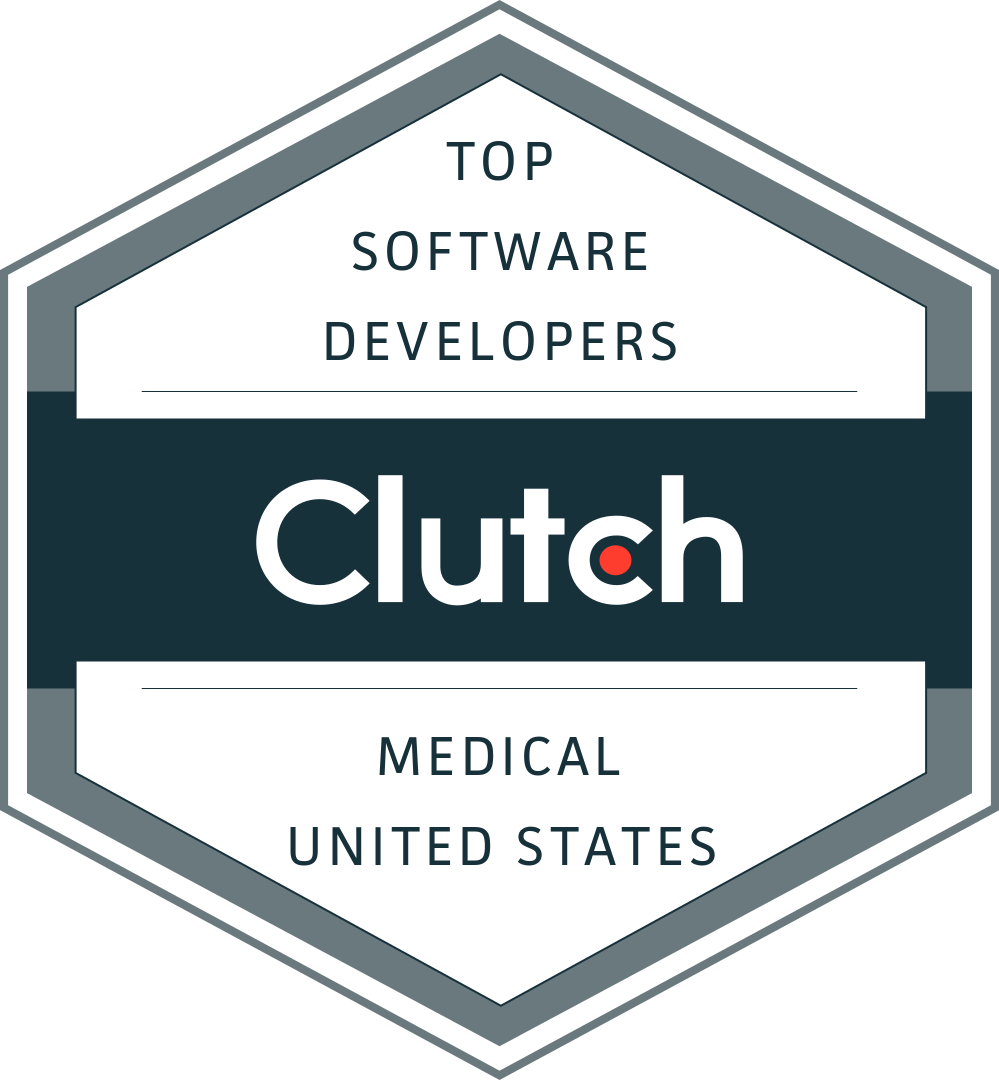Introduction In 2025, nearly every SaaS contract comes stamped with “AI included.” From EHRs to HRIS to billing tools, vendors promise instant efficiency with a single toggle switch. But here’s the catch: leaders across ABA networks, MSOs, and regional health plans are realizing these add-on AI features often come with 30–50% uplifts, vendor lock-in, and […]

In the rapidly evolving landscape of Medicare Advantage Prescription Drug (MAPD) plans, staying competitive means not only meeting market demands but actively surpassing them by empowering your brokers with the best tools available. This investment in enhanced broker portals, specifically a training module with a requirements dashboard and a marketing resources module, is not merely about technology—it’s a strategic asset for both your health plan and your broker network.
Staying Ahead of the Competitive Curve
While specific insights into competitors' broker support systems may not always be available, we know first-hand that leading MAPD health plans invest in their provider portal technology that ensures their brokers are well-equipped. Such investments not only prepare brokers to better serve and enroll members but also position a health plan as a leader in the market. Enhancing your broker portal signals to current and prospective brokers that your organization values high-quality service delivery and continuous improvement, attributes that can distinguish your plans from competitors.
Enhancing Regulatory Compliance
One of the key elements of being within the highly regulated healthcare industry is the ability to stay in compliance with CMS standards. An enriched broker portal with a separate training module and requirements dashboard automates broker certifications and compliance training, thus streamlining the management of requirements. This not only helps mitigate the risk of penalties for non-compliance, but it also reduces the administrative effort needed for your broker support staff, enabling them to concentrate on other, more strategic activities. This is, therefore a systematic way by which compliance management can provide analytics that track training completion rates and show hot spots where more help for the brokers may be required.
The Critical Role of Electronic Scope of Appointment (eSOA)
One of the most critical pieces to compliance and efficiency is to have an electronic Scope of Appointment (eSOA) as part of your broker portal. The eSOA, signed by potential members in advance of any detailed plan discussion, offers a guarantee that all interactions are documented and are in accordance with CMS guidelines. With eSOA integration into your portal, compliance is not only simplified but is also a breeze for a very excellent user experience, with a quick and secure digital signature. Besides, eSOA training within the broker training modules ensures that your brokers are well prepared for effective usage, resulting in a lower probability of any compliance issues, and thus, improved enrollment altogether.
Learning from Experience: Insights from Broker Feedback
Feedback from brokers who use these systems is invaluable. At Serious Development, we have crafted several bespoke broker portals and learned directly from brokers that ease of access to training and marketing materials, streamlined annual certification processes, and timely reminders significantly enhance their ability to succeed. By embedding these features into your portal, you make it easier for brokers to stay informed and compliant, which in turn increases their engagement and effectiveness when selling your plans.
Focusing on Growth and Retention Metrics
The performance of your broker network directly impacts the growth of your member base. Enhancements to the broker portal can lead to an increase in broker satisfaction and effectiveness, metrics that are crucial for evaluating the success of these investments. Tools that track and report on these metrics, including the growth of the broker network and retention rates, can provide clear insights into how improvements in the portal translate into business outcomes. Additionally, incorporating features like feedback surveys directly into the portal can yield immediate insights into broker satisfaction and identify opportunities for further enhancements. Our most recent broker portal project produced a 250% increase in our client’s broker network adding thousands of new brokers to their network. More brokers who are trained and certified to sell your health plan equates to higher member growth. Our client saw a 30% increase in year 1 of improving their broker portal.
Embracing Technological Advancements
Advances in technology, including artificial intelligence (AI) and data analytics, can significantly enhance the functionality of broker portals. AI can be used to personalize the training experience for brokers, making learning more engaging and effective. Predictive analytics can help forecast trends in broker performance and identify potential challenges before they become issues. These technologies can also enhance the user experience by making interfaces more intuitive and responsive, thereby increasing the frequency and quality of broker interactions with your portal.
Addressing Investment Concerns: Cost and Integration
For many executives, the immediate concerns with new technology investments hinge on cost and the challenge of integration with existing systems. However, the risk of not upgrading—such as decreased operational efficiency, risk of non-compliance with evolving CMS guidelines, and diminishing competitive edge—can far outweigh the initial investment. Bespoke broker portal systems offer a solution that can be tailored to fit seamlessly with existing infrastructures, minimizing disruption and maximizing return on investment (ROI). These systems are not as costly as one might assume, especially when considering their efficiency gains and potential to reduce long-term operational costs by automating training and compliance tracking.
Conclusion
Investing in a robust broker portal equipped with a training module and a marketing resources module is more than a technological upgrade—it is a strategic investment in the backbone of your MAPD health plan’s sales force. Such enhancements not only streamline operations and ensure compliance but also bolster your reputation in the market, making your plan the preferred choice for brokers and members alike. By focusing on these advancements, you position your organization for sustained growth and success in the competitive healthcare market.






